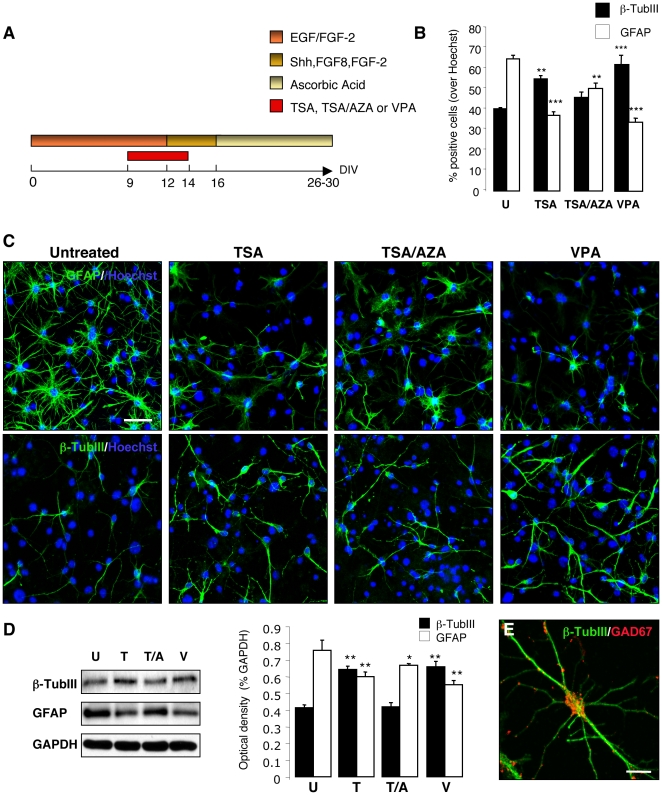Figure 1. Chromatin modifying agents increase neuronal differentiation of adult mouse SVZ NSCs.
(A) Schematic representation of the experimental design: adult SVZ NSCs were treated with TSA, TSA/AZA or VPA for 5 days and differentiated using a modified protocol developed for the differentiation of mouse ESCs to midbrain DA neurons. (B) Quantification of β-TubIII+ neurons and GFAP+ astrocytes in untreated, TSA-, TSA/AZA- or VPA-treated cultures. Treatment with TSA and VPA increased the number of β-TubIII+ neurons, whereas TSA, TSA/AZA and VPA decreased the number of GFAP+ astrocytes. Error bars indicate SEM. Three independent experiments were performed in triplicate (** p≤0.01, *** p≤0.001; One-way ANOVA). (C) Immunofluorescence staining for neuron-specific class III β-Tubulin (TUJ1) and the glial-specific marker glial fibrillary acidic protein (GFAP) of untreated, TSA-, TSA/AZA-, and VPA-treated cultures. Nuclei were counterstained with Hoechst. (D) Western blot analysis of differentiated NSC extracts, untreated or differentiated in the presence of TSA, TSA/AZA or VPA. Two independent experiments were performed in triplicate. Error bars indicate SEM. (*p≤0.05, ** p≤0.01; One-way ANOVA). Optical densities of the individual bands were quantified using NIH ImageJ and normalized by the averaged value of GAPDH. (E) Immunofluorescence staining for β-TubIII (green) and GAD67 (red) of differentiated adult SVZ NSCs treated with VPA. The majority of β-TubIII+ neurons co-expressed GAD67. Scale bars: 20 µm (C); 10 µm (E). U, untreated; T, TSA; T/A, TSA/AZA; V, VPA.

